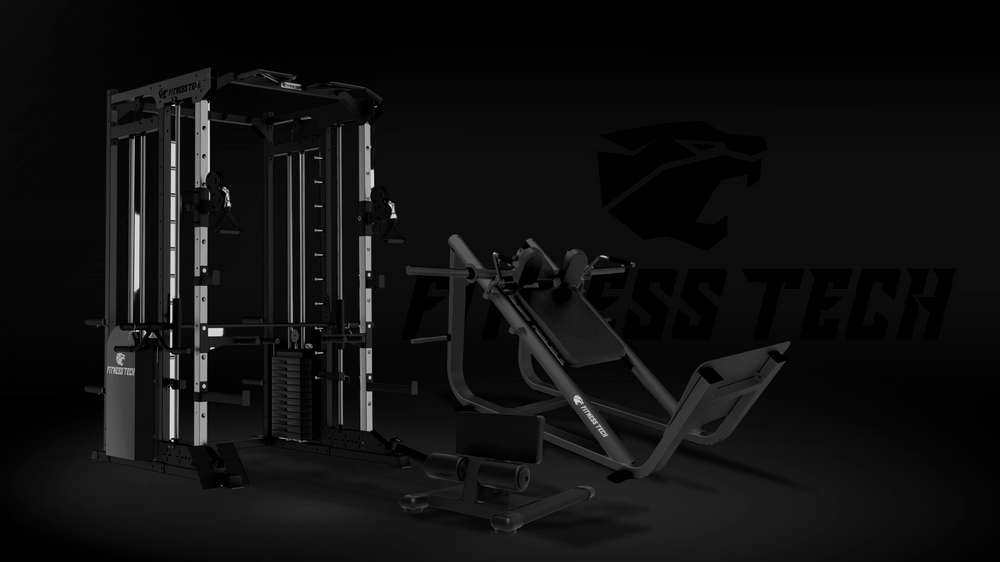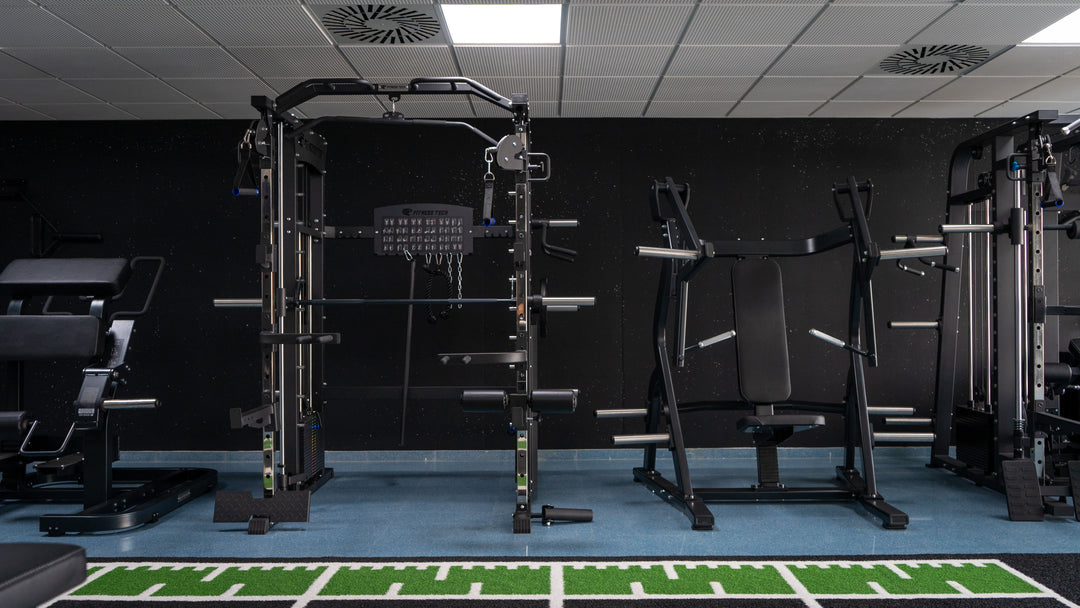What is a hybrid athlete? Benefits and how to train to become one
Hybrid fitness: The new trend that's taking young people by storm
In the world of fitness and sports performance, a new athlete profile has emerged: the hybrid athlete. These are people who combine strength and endurance in their training, achieving complete performance without specializing only in one of these areas.
If you want to be strong and at the same time have great aerobic capacity, this article will explain what a hybrid athlete is, what their benefits are, and how you can train to become one.
What is a hybrid athlete?
A hybrid athlete is someone who trains both strength and endurance, achieving a balance between both abilities. Unlike bodybuilders, who focus on muscle development, or long-distance runners, who prioritize cardiovascular endurance, hybrid athletes aim to excel in both areas.
Examples of hybrid athletes include:
- People who combine weightlifting with long-distance running.
- Athletes who train to be fast and strong at the same time, such as in cross training or combat sports.
- Athletes who can run a marathon and at the same time lift heavy loads in the gym.
Benefits of being a hybrid athlete
Training like a hybrid athlete offers multiple advantages:
- Greater overall performance: You will not only have more strength or more endurance, but you will improve in both aspects.
- More health and longevity: Combining strength training and cardio reduces the risk of cardiovascular diseases and osteoporosis.
- Superior athletic ability: A hybrid body can perform in different sports disciplines without feeling limited.
- More versatility and fun: You won't get bored with repetitive workouts, as each session can focus on a different goal.
How to train to be a hybrid athlete
If you want to become a hybrid athlete, you need a balanced combination of strength, endurance, and recovery training. Here is a basic guide to structuring your routine:
1. Strength training
Weightlifting remains key. The main exercises should be compound movements such as:
- Squats
- Deadlift
- Bench press
- Pull-ups
Ideally, train strength 3-4 days a week with heavy loads and repetitions between 4 and 8.
2. Endurance training
To improve endurance without affecting muscle gain, you can include:
- Medium and long-distance runs (5-10 km)
- Sprint sets to improve speed and explosiveness
- HIIT (interval training) to boost endurance without sacrificing muscle mass
3. Balance between strength and endurance
The challenge of being a hybrid athlete is finding the right balance between both disciplines. Some strategies include:
- Do cardio on days separate from strength training.
- Avoid excesses in either area to prevent overloading the body.
- Prioritize nutrition and rest to promote recovery.
What does a hybrid athlete eat?
The success of a hybrid athlete depends not only on training but also on nutrition. Some key tips are:
- Consume enough protein (1.6-2.2 g per kg of body weight).
- Adjust carbohydrates according to training load (more carbohydrates on high-intensity days).
- Stay well hydrated to support performance and recovery.
- Ensure an adequate intake of healthy fats to maintain stable energy.
Conclusion
Being a hybrid athlete allows you to develop strength and endurance at the same time, optimizing your physical performance and health. With the right focus on training, nutrition, and rest, you can achieve a balanced and functional physique.
If you're looking for a new challenge in your training, becoming a hybrid athlete could be the perfect way to improve your performance and reach your full potential.






Hola
yo soy fisiculturista mido 180cm y peso 86kg
entregno fuerza 6 dias a la sermana y a diario de lunes a viernes hago carrera de medio-larga distancia en HITT en ayunas
le faltó añadir que el “verse bien” es algo importante.
los atletas de resistencia tendemos a vernos muy flacos ó chupados. no he encontrado un balance entre verse bien y practicar triatletismo.
de igual manera, la prioridad de los atletas endurance está en las piernas, a excepcion de los skiers y de los naadores; lo que hace que nuestro tren superior sea flácido y la grasa se acumule en abdomen.
si quieren más información escríbanme.
soy Jorge Guzmán.
Leave a comment